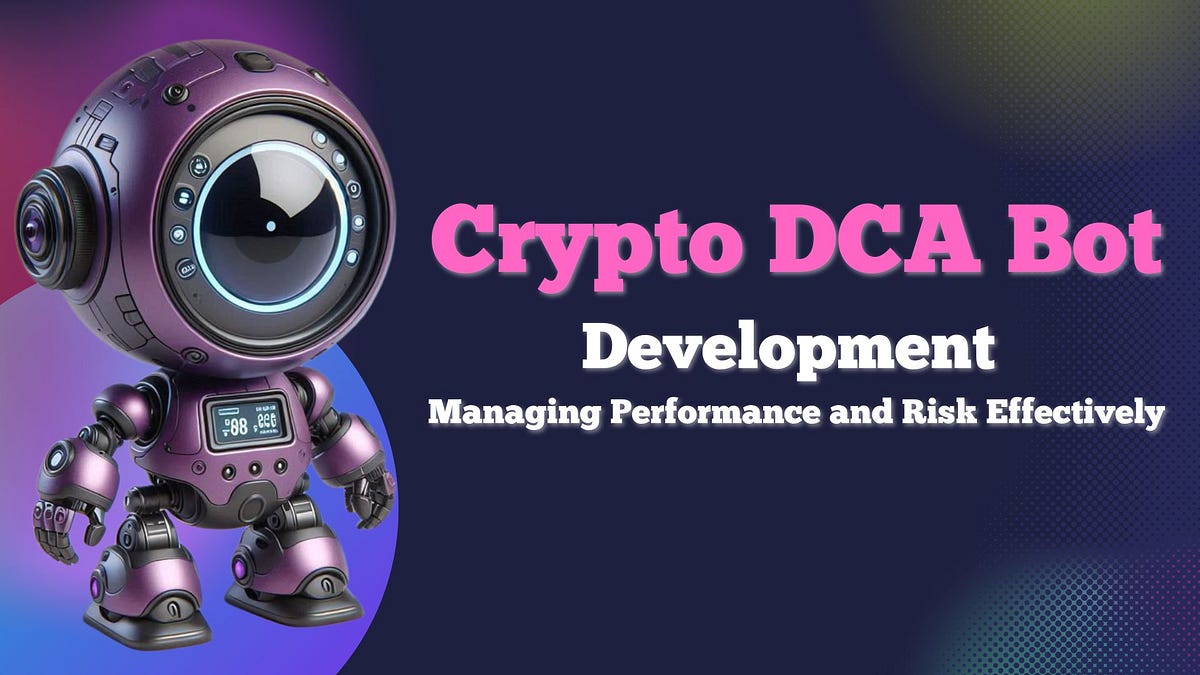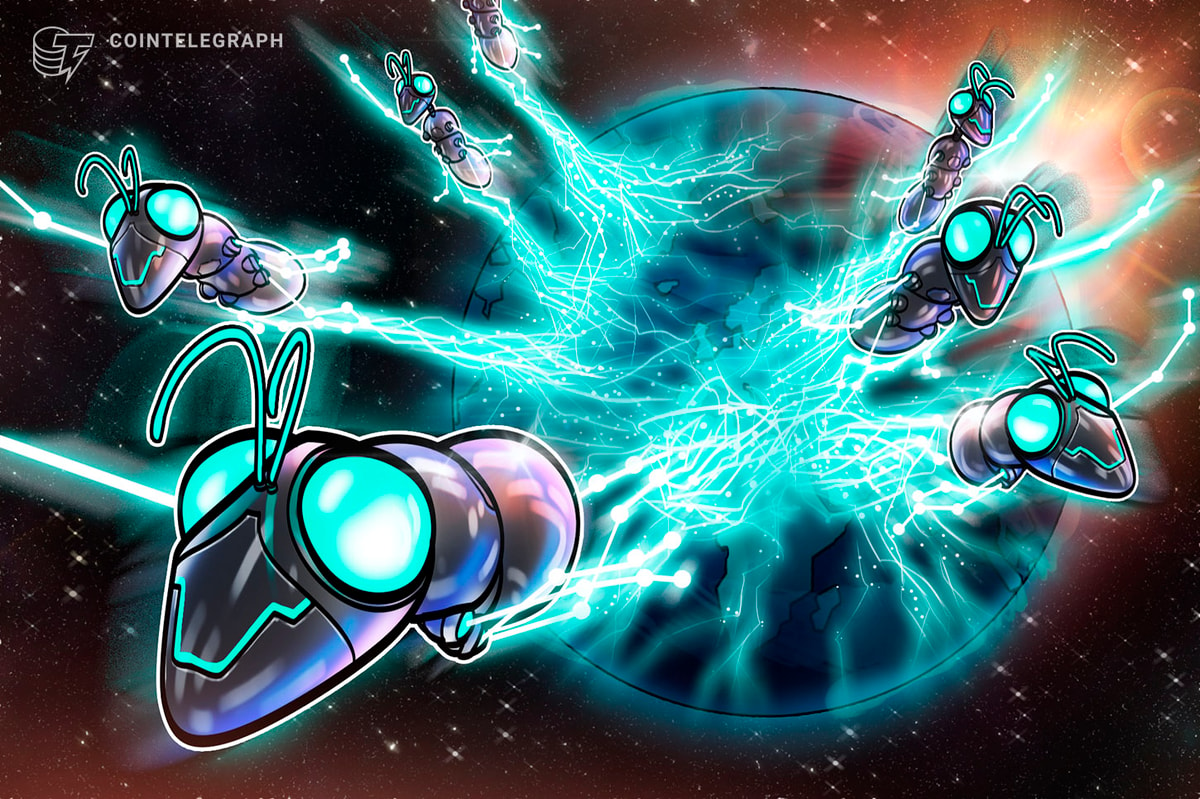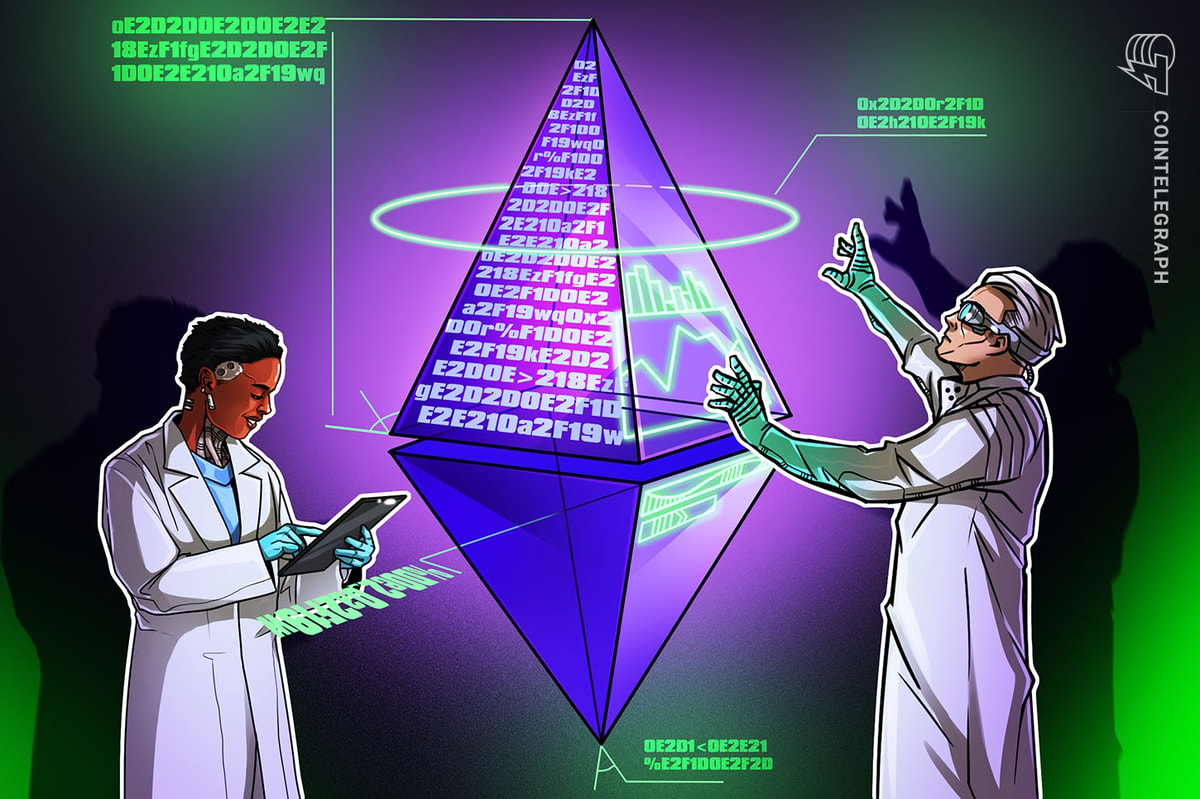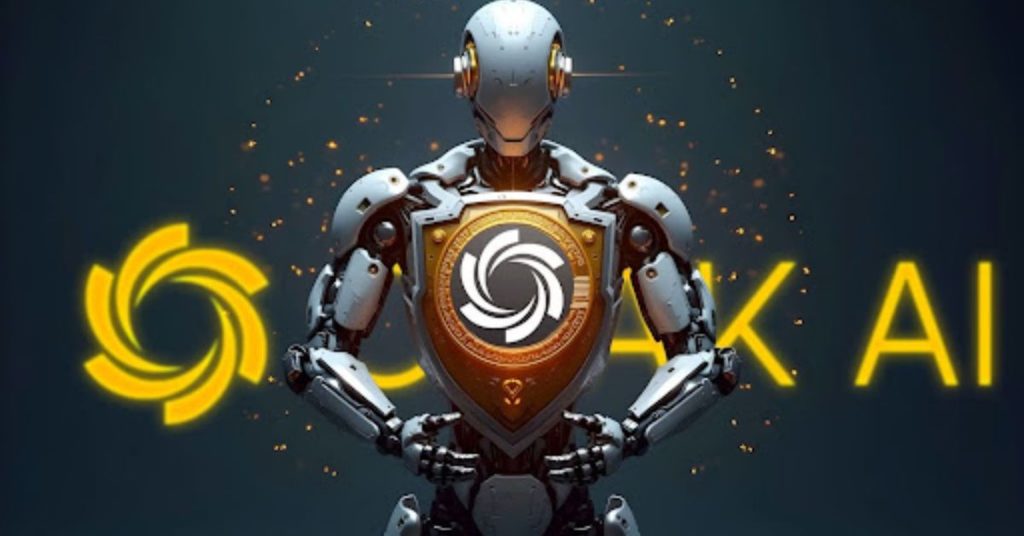If you’ve ever tried to learn about Bitcoin, you’ve probably run into two kinds of explanations.
The first is the hype-driven version where Bitcoin is the future, it’ll make you rich, and if you don’t buy now, you’ll regret it.
The second drowns you in technical details before you know why any of it matters.
Neither of these really answers the question: why was Bitcoin designed the way it is?
I approached writing this in the same way I approached my own learning, by breaking it down into bits and figuring out why things are designed the way are.
Some parts are technical, but I’ve tried to explain it in a way that’s approachable. Take what you need from this, whether you’re here for a broad understanding or a deep dive into Bitcoin’s design.
Bitcoins whitepaper was shared during the 2008 financial crisis, when banks collapsed. Satoshi Nakamoto, the anonymous creator(s) of Bitcoin, saw our current system as a broken system. Bitcoin proposed a new kind of money that was decentralized, permissionless, and free of government control. Instead of relying on banks, Bitcoin would use cryptography (code and math) and a public ledger to let anyone, anywhere send and receive money.
Before Bitcoin invention, people tried to create digital money. They all failed for one reason: digital money is just data and data can be copied.
If I email a photo to you, I still have my own copy. If I send you a music file, I can still keep listening to it. That’s fine for files, but an issue for money. If someone could duplicate money they’d be able to spend that money over and over again, which is the double spending problem.
Historically (in our lifetimes), this problem has been solved by banks keeping a centralized ledger of who owns what. Every time you spend money, your bank updates its database of your accounts. For this system to work trust is required. You have to trust that your bank won’t mismanage your funds, block you, or freeze your account.
Bitcoin’s approach is different. Instead of trusting a single entity (like a bank) to verify and keep track of transactions, it uses a decentralized network of computers (nodes). This network of computers stores and updates the ledger together. They compete for rewards, check each other’s work, and making sure no Bitcoin is ever spent twice.
When you deposit money in a bank you can check your balance, transfer funds, and withdraw cash whenever. But in reality, the bank can decide how and when you access it.
Banks can limit withdrawals, block transactions, and freeze accounts with little or no notice. Sometimes this happens as part of government-imposed financial controls or can be a reaction to economic crisis.
What this means is that you have permission to use your money until someone decides otherwise.
Even before you open an account, you must first prove your identity by sharing personal information and identification documents to receive approval from the bank. If you don’t meet their requirements, you won’t receive permission to open an account.
Bitcoin changes this by removing banks from the equation entirely with the use of cryptographic keys. Unlike traditional finance, you don’t need approval or an ID just an internet connection. No one can block, limit, or prevent you from sending or receiving your money. This is why Bitcoin is permissionless.
Bitcoin has a hard cap of 21 million coins, designed to prevent inflation and keep it scarce unlike traditional currencies that lose value when more money is printed (which happens often).
Every four years, an event called the halving cuts the number of new bitcoins entering circulation in half. This built-in scarcity makes Bitcoin rarer over time, which is why many call it “digital gold.”
To use Bitcoin you need a wallet (no, not the kind you keep in your pocket). A Bitcoin wallet is a digital tool that allows you to send and receive Bitcoin powered by two cryptographic keys: a private key and a public key.
The private key is a 256-bit secret string of letters and numbers (to a computer it’s just a long series of 1s and 0s). It acts like a password, giving you full control over your Bitcoin. However, if you lose it, you lose access to your Bitcoin. Forever. There’s no “forgot password” or recovery process.
Your public key is generated using elliptic curve cryptography, which, put simply, means your public key is mathematically generated from your private key. Basically, fancy math (don’t worry, you’ll never have to do this yourself).
For privacy and security, wallets generate a new address for each transaction, created from your public key using cryptographic hash functions (SHA-256), making it harder to trace wallet activity on the public ledger. Again, your wallet handles the address creation behind the scenes.
When you send Bitcoin, you sign the transaction with your private key which generates a digital signature that proves you own the funds. The transaction is then broadcast to the network and recorded on the blockchain, ensuring it can’t be altered or reversed.
Bitcoin transactions don’t work like bank transactions (and yes, they can be a bit confusing at first, so let’s go through it together).
In a traditional bank, your balance updates when you deposit or withdraw money. The bank keeps a centralized record of how much you have and adjusts it when you make transactions.
Bitcoin, however, doesn’t track balances like a bank. Instead, it stores and updates ownership differently using something called Unspent Transaction Outputs (UTXOs).
So, what is a UTXO and how does it work?
Think of UTXOs like leftover change from past transactions. Since it hasn’t been spent yet, it’s available to use in new transactions. Let’s say you buy a drink for $3 using a $5 bill. The cashier gives you back $2 in change. In Bitcoin, that $2 would become a new UTXO, available for you to spend later.
Transactions are made up of inputs and outputs.
The input is when your wallet selects one or more UTXOs that either match or exceed the amount you want to send, along with your digital signature to prove you own the bitcoin.
The output determines how the bitcoin is distributed. Outputs include 1) the amount you send to the recipient (linked to their Bitcoin address) 2) any change that comes back to you if you used a larger UTXO(s) than needed, and 3) the miner’s fee.
Example: Sending Bitcoin Using UTXOs
Let’s say I want to send 0.4 BTC to my mom. However, in my account I have a UTXO of 1 BTC. Once I send that transaction, my 1 BTC UTXO is fully spent and broken into:
- 0.4 BTC → Sent to my mom’s address.
- 0.6 BTC → Returned to my address as a new UTXO (change).
Now, when I need to send 1 BTC to my dad:
I don’t have a single UTXO large enough. Instead, my wallet selects two UTXOs:
- 0.6 BTC (from my previous transaction with my mom).
- 0.4 BTC (from another past transaction).
These UTXOs are combined as inputs to make the 1 BTC payment.
Since Bitcoin transactions use full UTXOs, if you don’t have one that exactly matches the amount you want to send, your wallet will combine multiple smaller valued UTXOs. The opposite is also true. If you have a larger UTXO than needed, the extra amount is returned to you as a change in a new UTXO.
What’s the Benefit of UTXO Model?
Unlike a bank account system that keeps a running balance, Bitcoin’s UTXO model treats each transaction independently. This makes verification simpler since each UTXO can be checked on its own without going through an entire transaction history.
It also adds a layer of privacy because UTXOs aren’t linked to fixed identities like bank accounts, making them harder to track. And since every piece of Bitcoin is verified separately, double spending is prevented, without needing a central authority to step in.
Now that we’ve covered how transactions are sent, what actually happens under the hood?
When you send Bitcoin, your transaction doesn’t get added to the bitcoin blockchain immediately. Instead, it goes through multiple verification steps before becoming final.
Step 1: Initial Verification by Nodes
Before a transaction is added to the blockchain, it must first pass a validation check by the network’s full nodes. Nodes are the backbone of Bitcoin’s decentralization because they enforce the rules independently without relying on a central authority.
What do Nodes check?
- Verify Digital Signatures to confirm the sender owns the bitcoin they’re trying to send.
- Double Spend Prevention ensures that the UTXOs being used haven’t already been spent elsewhere.
- The transaction follows Bitcoin’s protocols, such as having a valid format, and sufficient fees.
If the transaction fails any of these checks, it is rejected. If it passes, it enters the mempool, a waiting area for unconfirmed transactions.
Step 2: The Mempool and Transaction Prioritization
When a transaction enters the mempool (Bitcoin’s waiting area for unconfirmed transactions), it isn’t processed in the order it arrives. Instead, miners prioritize transactions with higher fees because Bitcoin blocks have limited space.
Bitcoin’s block size is intentionally small to keep transaction verification accessible. This allows more people to run full nodes without requiring expensive equipment, preventing control from being concentrated among a few large entities and keeping the network decentralized.
Users can influence how quickly their transactions are confirmed by adjusting the fee. Higher fees increase the chances of faster confirmation, while transactions with lower fees may stay in the mempool until space becomes available.
Fees also serve as rewards for miners, alongside newly minted Bitcoin (rewards for successfully adding a new block to the blockchain). Since Bitcoin’s supply is capped at 21 million, and block rewards decrease over time, transaction fees will eventually become the primary incentive for miners to continue securing the network.
What’s Inside a Block?
Before diving into how miners add new blocks, it helps to understand what’s actually inside a Bitcoin block. Each block is a container of transactions, linked together to form the blockchain.
A Bitcoin block consists of:
- Block Header — Contains metadata, including the block’s unique fingerprint (hash), the hash of the previous block (linking it to the chain), a timestamp, and a special value called a nonce (used in Proof of Work).
- Transactions — A list of all transactions included in the block, with each one linking back to previous UTXOs being spent.
- Merkle Root — A cryptographic summary of all transactions inside the block, making verification more efficient.
These elements allow nodes to quickly verify blocks while ensuring that each block connects seamlessly to the previous one, maintaining a tamper-proof, decentralized ledger.
Step 3: Proof of Work and Mining a New Block
Once transactions enter the mempool, they don’t immediately get added to the blockchain. Instead, miners compete to include them using Proof of Work (PoW) — Bitcoin’s mechanism for securing the network and ensuring decentralization.
Why Proof of Work (PoW)?
PoW makes it extremely difficult to alter the blockchain, preventing fraud and double spending. To rewrite Bitcoin’s history, an attacker would need to control over 51% of the network’s mining power, which is so expensive and energy-intensive that it becomes practically impossible.
Most importantly, Satoshi chose PoW to eliminate the need for a trusted third party. Unlike traditional finance, where banks validate transactions, PoW ensures validation is trustless and purely mathematical.
How Does PoW Work?
- Miners collect transactions from the mempool and organize them into a candidate block.
- They run a hashing algorithm (SHA-256) on the block’s data to create a unique digital fingerprint (hash).
- The goal is to find a hash that meets Bitcoin’s difficulty target, which requires repeatedly adjusting a nonce (random number) and rehashing until a valid result is found.
- Since this process is random, miners must perform trillions of calculations per second to succeed.
- The first miner to find a valid hash broadcasts their block to the network for verification.
Said succinctly, Satoshi chose PoW to avoid the need for a trusted third party. Unlike traditional finance, where banks validate transactions, PoW makes validation trustless and purely mathematical.
Step 4: Final Validation and Confirmation
Once a miner finds a valid block it’s still not added to the blockchain. Nodes (the validators) need to accept it. In order to accept it, they verify:
- The block’s Proof-of-Work to make sure that miners followed the difficulty rules and didn’t cheat
- Confirms all transactions are valid, properly signed, and don’t involve double spending
- Verifies that the new block correctly references the previous block, keeping the chain unbroken.
If everything checks out, the block is added to the blockchain, all transactions inside it are confirmed and the miner receives a financial reward of Bitcoin for adding a new block.
Step 5: What Happens if Two Miners Find a Block at the Same Time?
Sometimes, two miners solve a block at the same time, creating a temporary fork (a split in the blockchain). The Bitcoin network resolves this using a longest-chain rule:
- The network waits until another block is mined.
- Whichever chain receives the next valid block first becomes the official version.
- Transactions from the discarded chain return to the mempool, waiting to be included in a future block and the miner who mined the discarded block doesn’t receive any reward.
The longest chain rule enforces that the chain with the most blocks (most computational work) is the honest chain. This rule helps nodes agree on a single transaction history without needing a central authority.
Step 6: Transactions are recorded to the blockchain
A transaction is confirmed once it’s included in a block, but each new block added after it makes it harder to reverse:
- 1 confirmation — The transaction is recorded but could still be undone.
- 3 confirmations — Generally safe for most payments.
- 6 confirmations — Considered final, as reversing it would require enormous computing power.
This process, from sending a transaction to full confirmation, happens without any central authority, relying on cryptography, decentralized consensus, and economic incentives to secure the network.
Woof, you made it to the end. I hope this broke Bitcoin down in a way that actually made sense.
In short, Bitcoin’s blockchain is secure, decentralized, and censorship-resistant, making it one of the most resilient financial networks out there. But like anything innovative, it’s not perfect.
Bitcoin’s Proof of Work process takes a massive amount of energy to keep the network secure, and it’s not built for everything. It was designed to support financial transactions, not general-purpose applications like Ethereum (we’ll get into that in another post!).
The Bitcoin Network also can’t process transactions as fast as financial systems like Visa & American Express yet but solutions are being built to support scalability and efficiency.
That said, Bitcoin has done something no financial system has before: it lets anyone, anywhere, send and store value without needing permission from a bank or government. And that’s a big deal.

 2 weeks ago
14
2 weeks ago
14







 English (US) ·
English (US) ·